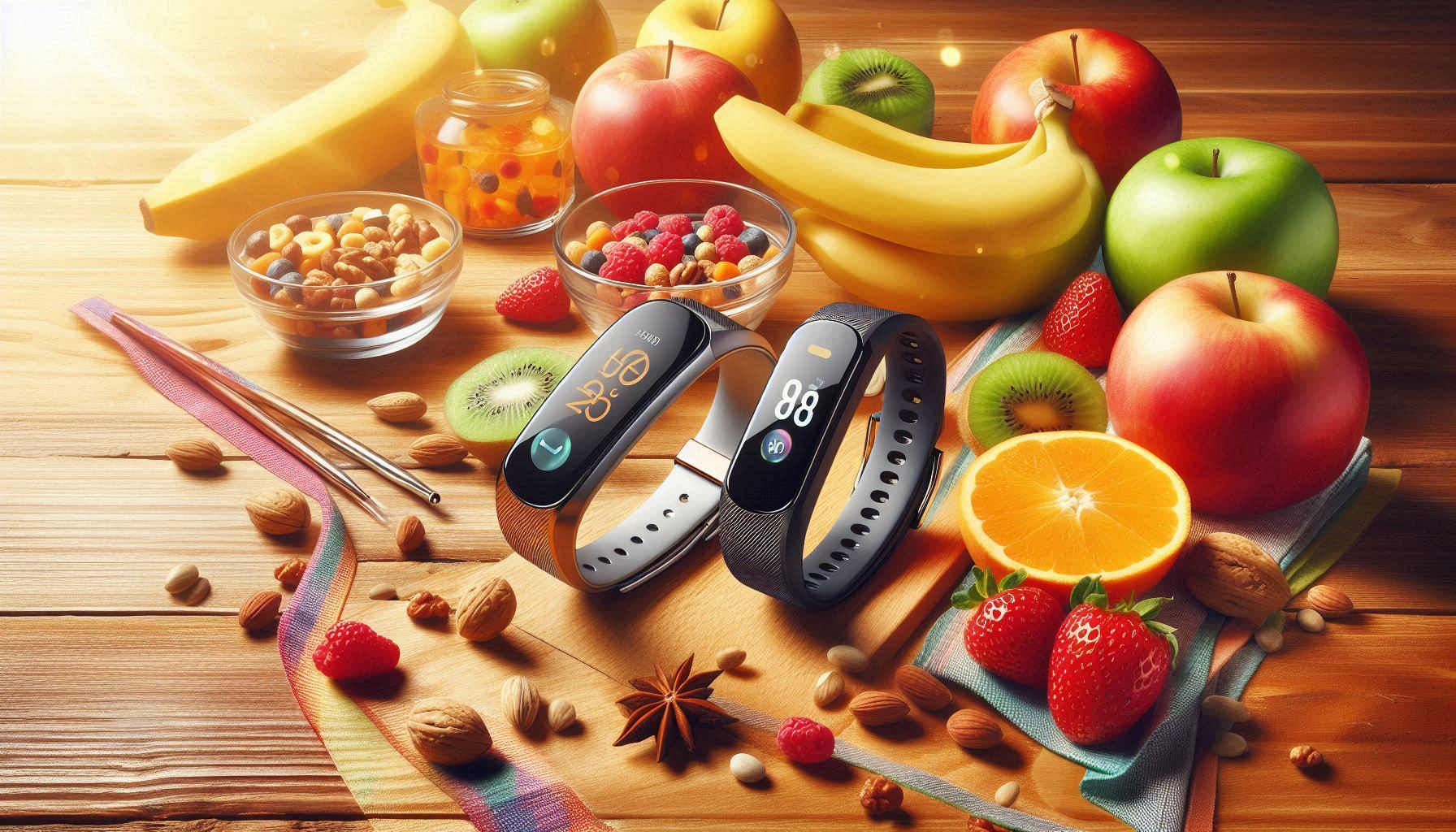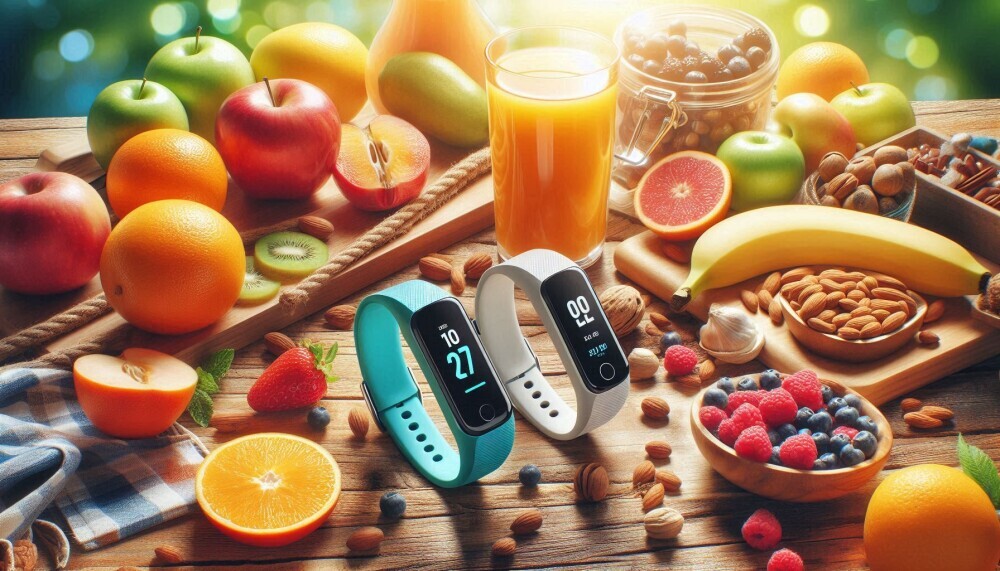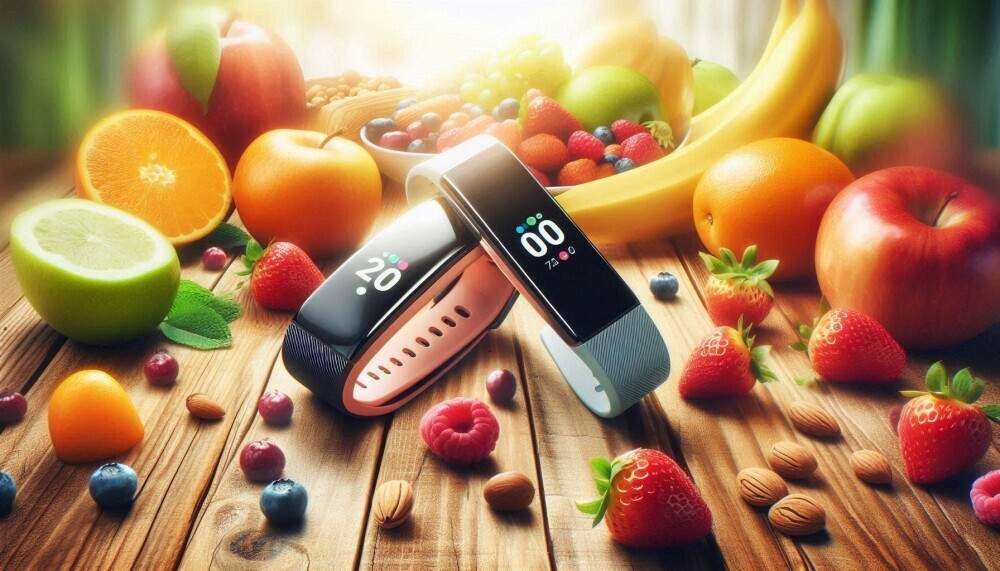Introduction
Welcome to Vertevia and our article titled Comparison: Whoop Vs Garmin For Runners. Deciding between Whoop and Garmin can feel like choosing between a health coach and a performance smartwatch. Both brands offer powerful insights tailored to runners. Garmin delivers comprehensive sports tracking with GPS accuracy and multi activity support. Whoop focuses intensely on recovery, strain and sleep metrics to guide your daily readiness and long term progress.
This Comparison: Whoop vs Garmin For Runners article explores each platform as it stands in 2025. We examine design and comfort, tracking focus, battery life, app experience, pricing models, pros and cons, and who benefits most from each. Whether you log high mileage training sessions or want recovery and stress insights, this guide helps determine which wearable suits your running lifestyle best.
Design and Wearability
Whoop’s design is minimalist and discreet. The Whoop 4.0 and new Whoop 5.0 models feature a screen free armband that you rarely notice even while sleeping. Because charging is wireless and can be done while still wearing the band it never needs to come off. This makes Whoop ideal for runners who value comfort and uninterrupted data collection.
Garmin products vary by model but typically include a display you wear on the wrist. Options range from lightweight touchscreen models to rugged multisport watches. Each device can show real time stats during a run without needing to check your phone. If you prefer having metrics at a glance Garmin is more suitable.
Tracking Focus and Metrics
Whoop excels at recovery tracking. It uses heart rate variability, resting heart rate and sleep data to produce a daily recovery score and strain estimate. Advanced features in the Whoop 5.0 and Whoop MG include on demand ECG screening and blood pressure trend estimates for Life tier members. This makes Whoop especially useful for runners managing fatigue or preventing overtraining.
Garmin offers a wide range of running dynamics. These include GPS based pace distance elevation cadence VO2 max estimate training load body battery energy tracking and real time metrics during workouts. Many models also include Pulse Ox monitoring for blood oxygen saturation during sleep. Garmin is a complete workout tracking platform with depth across disciplines.
Battery Life and Charging
Whoop 4.0 lasts about five days per charge and can be recharged on the wrist via its clip on battery pack. In 2025 the newer Whoop 5.0 and MG devices promise up to fourteen days of battery life. Always having the device on makes uninterrupted recovery data easier to collect.
Garmin battery life varies by model. Many devices last between one week and two weeks depending on usage. Some solar models from Garmin can extend that further using ambient light. Charging requires removal but users report Garmin holds power longer overall.
GPS and Outdoor Running Support
Garmin is built for outdoor athletes. On board GPS provides pace elevation route tracking and navigation. It supports satellite systems like Galileo and GLONASS and even topo maps on some models. If you run trails or want accurate mileage this is a major advantage.
Whoop does not include built in GPS. Running routes must be tracked via a connected phone or separate device. Whoop captures internal data like strain rather than location or pace. Many runners pair Whoop with a Garmin watch to get best of both worlds.
App and Data Ecosystem
The Whoop app is streamlined and focused on sleep recovery strain and health spans. It delivers simple illustrations of your recovery readiness and performance recommendations. The app remains friendly and accessible even to non technical users.
Garmin Connect is deeper and more complex. It supports third party integrations like Strava MyFitnessPal and offers community challenges coaching and advanced customization. The platform also supports smart features like Garmin Pay music storage and live tracking depending on model.
Pricing and Long Term Cost
Whoop uses a subscription model. As of 2025 membership tiers include Whoop One priced at about $199 per year Whoop Peak at $239 and Whoop Life at $359 annually. Devices are included. The Life tier includes access to ECG and blood pressure features with the Whoop MG hardware.
Garmin is a one time purchase. Models range from entry level fitness bands around $100 up to multisport GPS watches above $600. No subscription is required for core features. Additional apps or services may require separate subscription but basic functionality remains free.
Whoop
-
Device Price:
• £0 upfront ! Whoop bands are included with your subscription -
Subscription Plan Options (required for usage):
• Monthly Plan: £27/month
• Annual Plan: £264/year (£22/month equivalent)
• 24 Month Plan: £384 total (£16/month equivalent)
All plans include access to Whoop’s full analytics platform, coaching features, recovery insights, and performance tracking.
Garmin
-
Device Prices (one time purchase):
• Garmin Forerunner 55: approx. £160
• Garmin Forerunner 255: approx. £300
• Garmin Forerunner 965: approx. £600
• Garmin Venu 2: approx. £320 -
Subscription:
• None required. Garmin Connect is free
• Optional Garmin Coach and Connect IQ store are also free
• Some music services (like Spotify) may require a separate subscription but are not Garmin exclusive
Pros and Cons
Whoop Pros
• Continuous recovery and strain monitoring
• Minimalist design worn all day and night
• Comfortable and unobtrusive
• On demand ECG and blood pressure trend features in top tier
Whoop Cons
• No display or built in GPS
• Requires monthly or annual subscription
• Lacks workout metrics during runs like pace splits
• User frustration reported over hardware upgrades and subscription model
Garmin Pros
• Built in GPS with accurate route data
• Real time running metrics on display
• Wide variety of models to suit any runner
• No subscription fees for basic features
• Battery can last days or weeks on a single charge
• Strong ecosystem with third party integrations
Garmin Cons
• Sleep and recovery scores less detailed than Whoop
• Some models bulky for small wrists or minimalist wear
• More complex app which can overwhelm beginners
Ready To Purchase Your Whoop Or Garmin? Click Here!
Who Should Use Which? Whoop Or Garmin?
If you prioritise internal body recovery metrics sleep quality strain and stress insights and prefer minimalist wearable with automatic tracking Whoop may suit you. The whoop membership includes health insights beyond just running and supports long term wellness optimization.
If you want rich workout metrics pace distance elevation GPS accuracy real time feedback on your wrist plus flexibility across sports Garmin makes more sense. For runners covering trail roads track or treadmill Garmin offers depth and visual feedback without subscription costs.
It is very common for runners to wear both devices simultaneously. Whoop for recovery science and Garmin for session data route tracking and sport features.
Frequently Asked Questions
1.What does Whoop do that Garmin Doesn’t?
Whoop focuses on recovery heart rate variability sleep debt strain and wellness features like ECG and nightly blood pressure estimates. Garmin provides workout metrics performance coaching and GPS capture.
2.Do I need to wear both Whoop and Garmin?
You do not need both but many runners choose to because Whoop lacks GPS and Garmin does not offer advanced recovery analytics. Combined they provide a fuller picture.
3.Which device costs more over 2 years?
Whoop requires subscription every year even if you skip features after two years the total cost can exceed the one time purchase of a Garmin watch model depending on your membership tier.
4.Can Whoop data integrate with Strava or other platforms?
Yes Whoop syncs with Apple Health and some third party platforms but its ecosystem is smaller. Garmin Connect supports wide integrations including direct export to Strava MyFitnessPal and others.
5.Which is better for sleep tracking?
Whoop offers more detailed sleep analysis sleep debt tracking and recovery guidance. Garmin tracks sleep stages and duration and links into its body battery readiness scores but it is less focused on coached recovery.
6.How long will Garmin last on a single charge versus Whoop?
Garmin models can last anywhere from five days to two weeks or more depending on usage and power saving modes. Whoop 4.0 lasts five days while newer Whoop 5.0 and MG can last up to fourteen days but require wearing a clip on battery for charging.
Conclusion
Both Whoop and Garmin deliver value to runners, but they excel in different areas. Whoop shines at delivering internal health analytics sleep and recovery tracking that help runners optimise daily load and avoid overtraining. Garmin offers comprehensive GPS accurate metrics real time feedback and long battery life for those focused on performance tracking and route data.
If you want a wearable that gives you insight into your body readiness and recovery rather than pace charts and race stats Whoop may fit your needs. If you want one device that acts as a workout coach route tracker and sports watch without subscription Garmin is likely the better match.
Ultimately many runners enjoy the combination of both devices for a more complete health and performance insight. Choose based on whether you prefer depth in recovery or breadth in workout tracking.
Our Thanks!
Our sincere thanks go to you for taking the time to read our article titled Comparison: Whoop vs Garmin For Runners. We hope that it has helped you to make an informed choice between the two brands. We have other comparison articles on our blog on other brands. You might enjoy our related article which is titled Oura Ring Vs Fitbit: Which Fitness Tracker Wins?
Please let us know which brand you are currently using or thinking of buying in the comments section below!
**Here is a bit of transparency. Our website www.vertevia.com does contain affiliate links and Amazon links. So, if you did make a purchase through the website, we may receive a small commission. This is at no extra cost to you whatsoever. It’s just a way for you to support us as we continue to bring you top quality content**
All the best!
Eamon





